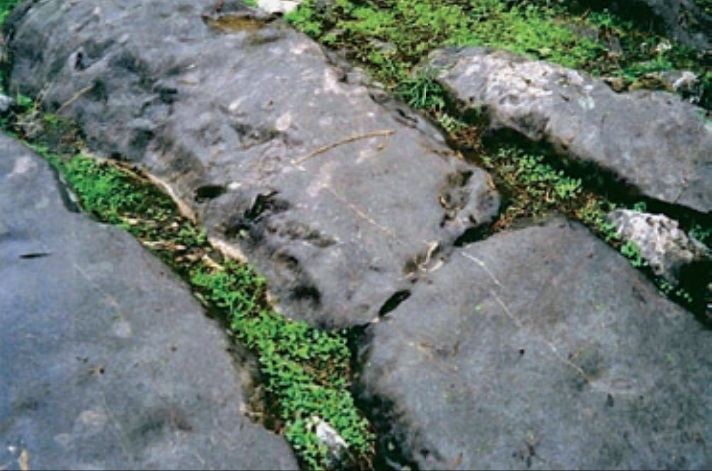The Role of Epikarst in the Morphogenesis of the Karstic Forms, Especially Hollow Forms in Greece
DOI:
https://doi.org/10.3986/ac.v33i1.325Abstract
Vloga epikrasa pri nastanku podtalnih škrapelj in kraških depresij, je različna. Prevotljene škraplje in podtalne škraplje tipa »kluftkarren« so prekrite s kraško prstjo in kažejo na delovanje vode. Nastale so v epikraški coni ob razpokah s pomočjo difuzne korozije v kapilarnem vodonosniku v zgornjem delu vadozne cone. Zaobljeni vrhnji deli in luknje v škrapljah so nastale zaradi enakomerne in stalne korozije s pomočjo talne vlage v zgornjem delu epikraške cone. Kraške depresije pa so razvite v karbonantih plasteh in tudi na stiku zakraselih in nezakraselih, a eroziji podvrženih kamnin. V tem primeru nastane veliko drobirja, iz katerega nastane prst, ki zapolni te reliefne oblike. Uvale in polja so navadno razvita na mestu nekdanjih suhih dolin ali tektonskih udorin s pomočjo razširjanja razpok v subkutani coni in zaradi njenega spuščanja. Sočasno ta cona postaja postopoma neprepustna in s tem se krepi robna korozija. Te oblike navadno nastajajo nad piezometrično gladino. Kraška polja – presihajoča jezera pa so nastala, kjer so depresije občasno dosegle gladino talne vode v epikrasu.
The role of epikarst in the morphogenesis of the subcutaneous karren and the karstic hollow forms is different. Cavernous karren and subcutaneous kluftkarren, are covered with terra rossa and show the activity of water. They are developed in the epikarstic zone due to the diffused corrosion on the joints through a capillary aquifer, situated in the high vadose zone. The rounded tops and the cavities of those subcutaneous karren are formed due to the continuous and uniform corrosion, acting by soil moisture in the high part of the epikarstic zone. Karstic hollowforms are developed in carbonate layers only, and also on the contact of karstifi ed and non-karstifi ed but easily erodable rocks. In this case, a lot of material is produced for the formation of soils that fi ll these landforms. Uvalas and poljes usually develop in sites of old valleys or tectonic depressions through the process of widening of the joints in the subcutaneous zone and the lowering of the latter zone. Simultaneously there occurs the gradual impermeability of the zone and the reinforcement of the lateral corrosion. These forms are mostly formed above the piezometric level. The poljes - periodical lakes are created due to the development when they temporary reach epikarstic water table.
Downloads

Downloads
Published
How to Cite
Issue
Section
License
Authors guarantee that the work is their own original creation and does not infringe any statutory or common-law copyright or any proprietary right of any third party. In case of claims by third parties, authors commit their self to defend the interests of the publisher, and shall cover any potential costs.
More in: Submission chapter




